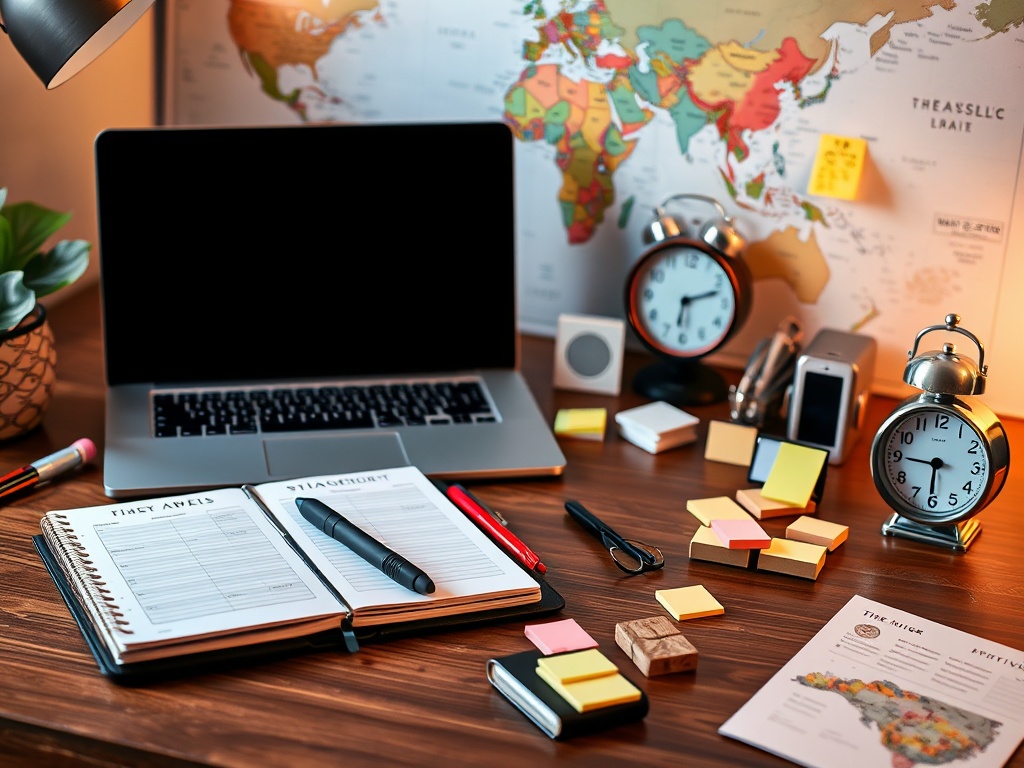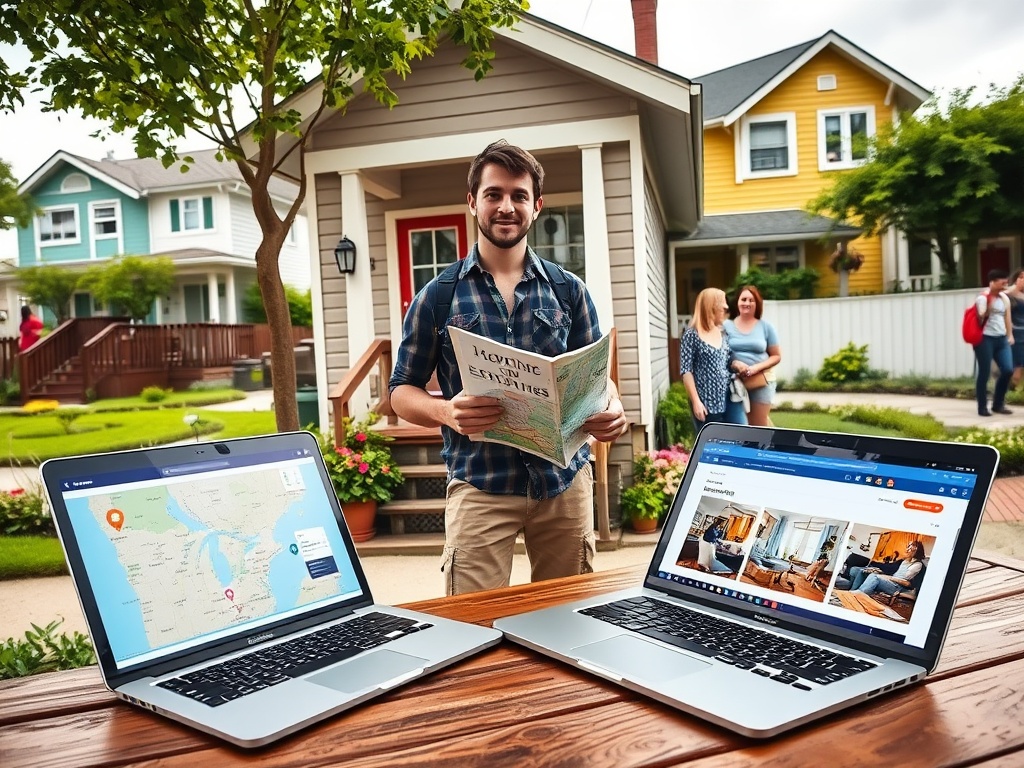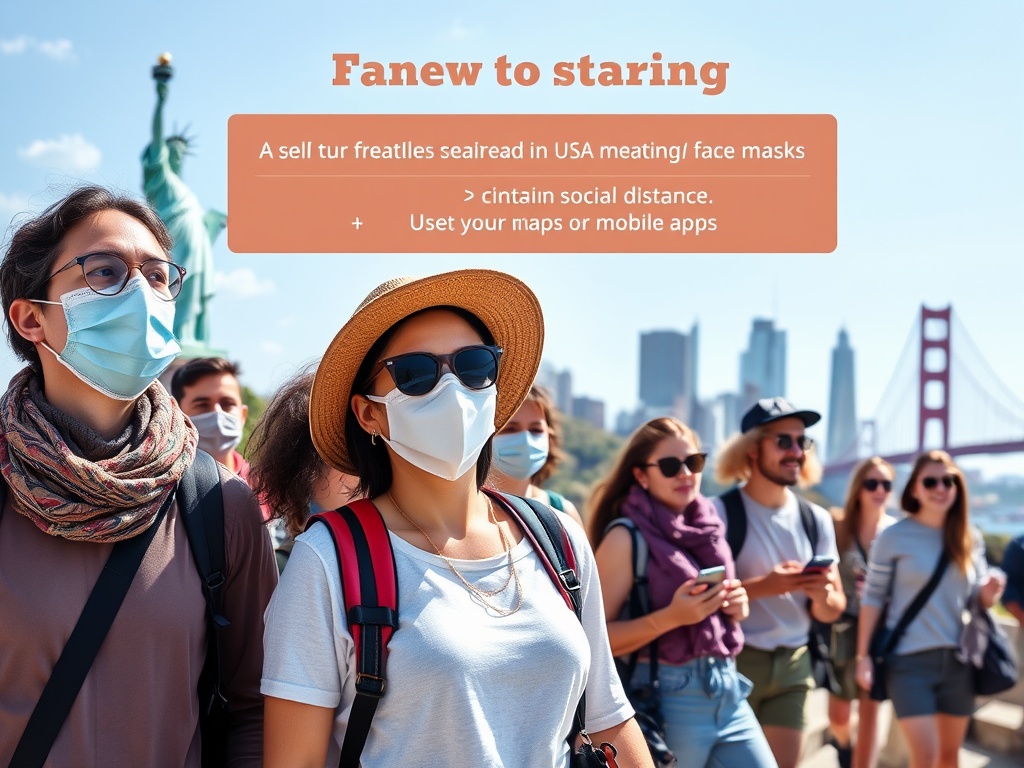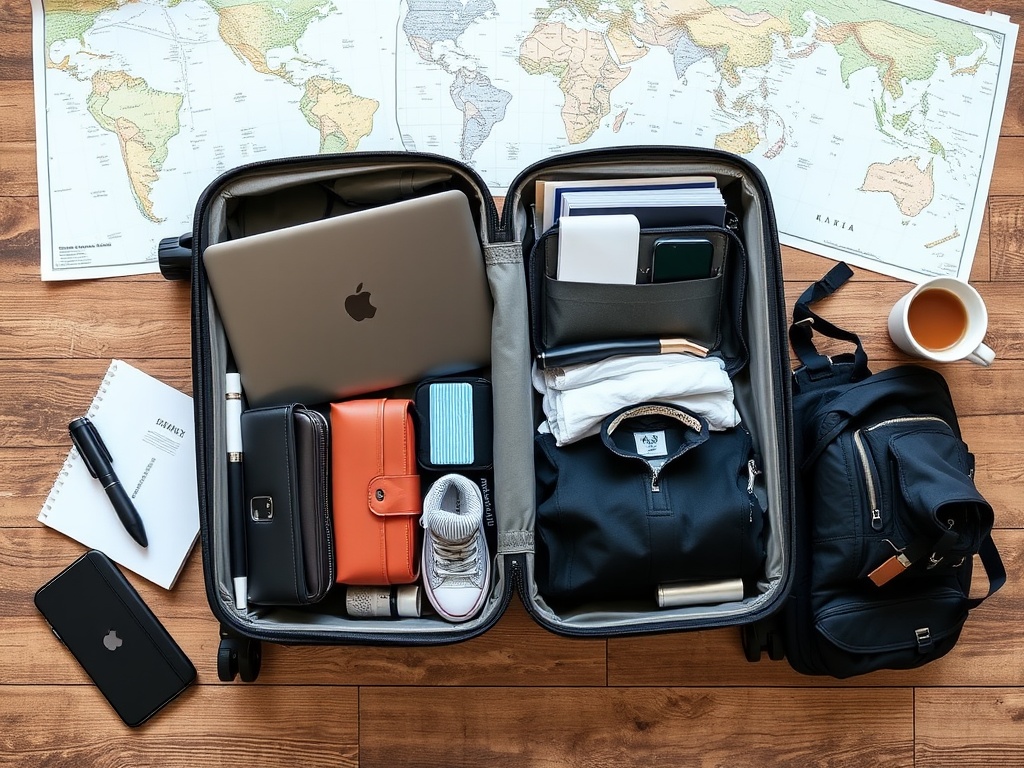Mastering the Art of Prioritization: Your Guide to Effective Time Management
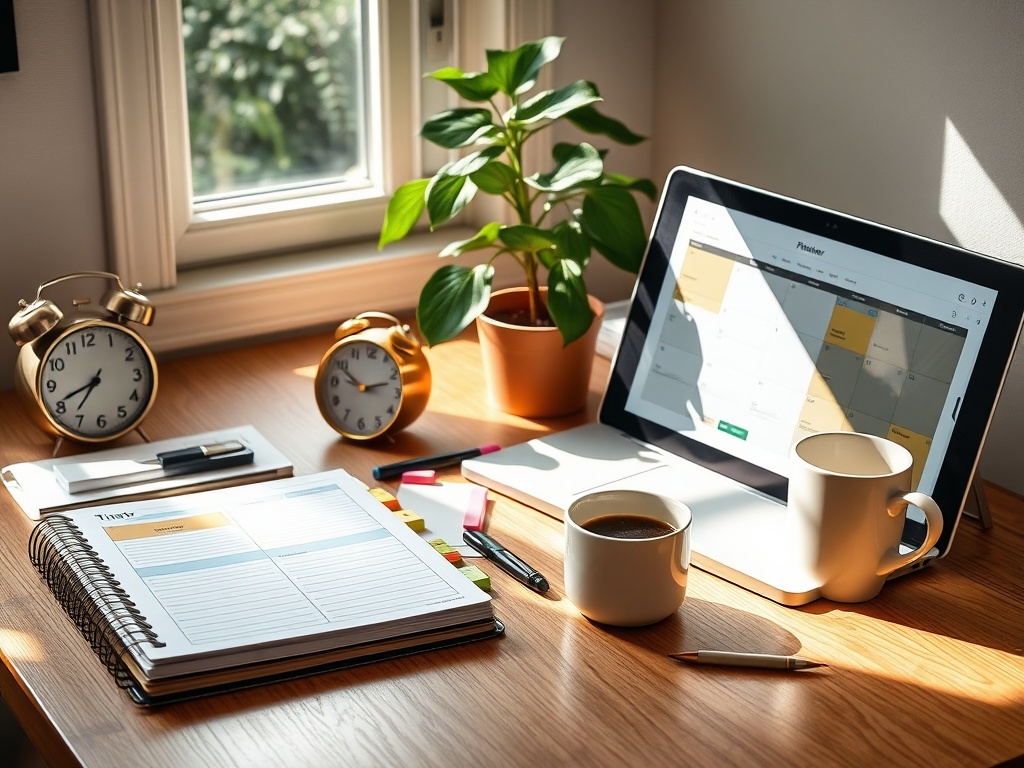
In the fast-paced world of work and travel, effective time management is essential for success. Prioritization plays a crucial role in ensuring that tasks are completed efficiently and deadlines are met. By mastering the art of prioritization, you can not only enhance your productivity but also reduce stress and create a better work-life balance.
Understanding how to distinguish between urgent and important tasks is key. Many people often find themselves caught up in a whirlwind of activities that may not significantly contribute to their goals. This is where effective prioritization comes into play.
Implementing prioritization strategies can transform your approach to managing tasks. Here are several effective strategies to help you prioritize your workload better:
- The Eisenhower Matrix: This powerful tool allows you to categorize tasks based on their urgency and importance, helping you focus on what truly matters.
- ABC Method: Assign each task a letter: A for high priority, B for medium, and C for low. This simple method helps clarify what needs immediate attention.
- Time Blocking: Allocate specific time slots for different tasks. This method not only keeps you organized but also minimizes distractions.
- Daily and Weekly Reviews: Regularly assess your tasks and adjust priorities as needed. This ensures that you remain aligned with your goals.
To effectively prioritize your tasks, it is essential to create a structured plan. Below is a simple table that can guide you in organizing your priorities:
| Task | Priority Level | Deadline | Notes |
|---|---|---|---|
| Prepare presentation | A | Friday | Collaborate with team |
| Respond to emails | B | Daily | Set aside 30 minutes |
| Book travel arrangements | C | This week | Use travel app |
By utilizing this table format, you can easily visualize your workload and adjust your focus accordingly. Remember, the key to effective time management is flexibility; be prepared to shift your priorities as circumstances change.
The Ultimate Travel Planning Checklist: Ensuring Smooth Transitions
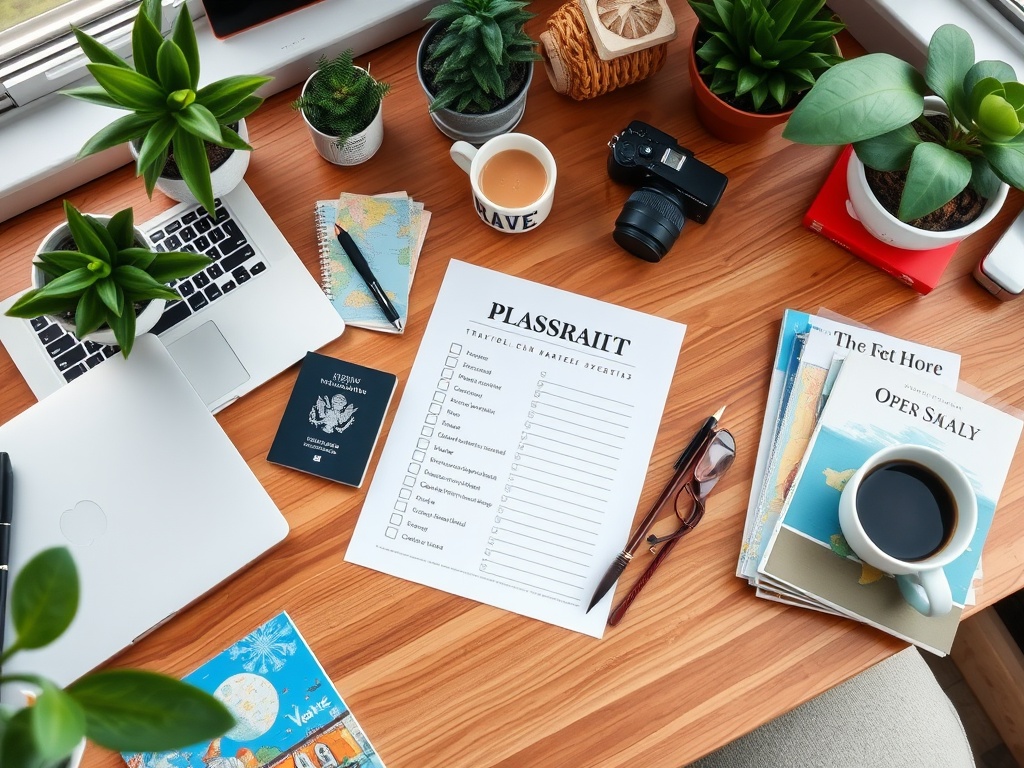
Embarking on a journey, whether for work or leisure, requires meticulous planning to ensure everything goes off without a hitch. A well-structured travel checklist is an invaluable tool that can save you time, reduce stress, and help you stay organized. By following a comprehensive travel planning checklist, you can focus on what truly matters—making the most of your trip.
Key Components of Your Travel Planning Checklist
Creating a travel checklist involves several critical elements that ensure you are well-prepared for any situation. From packing essentials to arranging accommodations, each detail counts. Below are the fundamental aspects to consider when crafting your ultimate travel checklist:
- Travel Documents: Ensure that your passport, visas, and identification are up to date and easily accessible.
- Itinerary: Prepare a detailed itinerary that includes your travel routes, accommodation details, and important contacts.
- Packing List: Create a packing list tailored to your destination’s climate and the purpose of your trip. Include items like clothing, toiletries, and electronic devices.
- Health and Safety: Check if any vaccinations are required and pack a basic first-aid kit.
- Financial Preparations: Inform your bank about your travel plans and prepare a budget that includes expenses for food, transport, and activities.
Maximizing Efficiency with Technology
In today’s digital age, leveraging technology can significantly enhance your travel planning process. Numerous applications can assist in organizing your itinerary, managing your packing list, and even tracking your expenses. For example, using a travel management app can streamline your planning by consolidating all your travel details in one place, allowing for easy access and updates on the go.
Final Touches Before Departure
As your departure date approaches, it’s essential to finalize your preparations. Double-check your checklist to ensure nothing is overlooked. Consider setting reminders for tasks such as confirming your accommodations, checking flight statuses, and arranging transportation to the airport. These final touches can make a significant difference in the smoothness of your transition from home to your travel destination.
Maximizing Productivity on the Go: Tips for Remote Work Success
In a world where remote work is becoming increasingly common, finding ways to stay productive while on the move is essential. For those who juggle work and travel, maintaining focus and efficiency can often feel overwhelming. However, with the right strategies and tools, you can enhance your productivity and make the most of your time, regardless of your location. Below are some effective tips to help you thrive in your remote work environment.
Establishing a Mobile Work Routine
Creating a consistent routine is vital for remote work success. When you’re traveling, it may be tempting to work whenever you feel like it, but establishing designated work hours can help you stay disciplined. A structured routine not only enhances your productivity but also allows for a clear separation between work and leisure time. Consider the following elements when crafting your mobile work routine:
- Set Specific Work Hours: Identify the times during your day when you are most productive and dedicate those hours to work.
- Choose Your Workspace Wisely: Whether it’s a coffee shop, hotel room, or co-working space, find a location that minimizes distractions.
- Incorporate Breaks: Schedule regular breaks to recharge your mind and body, which can help sustain your focus throughout the day.
Leveraging Technology for Efficiency
In today’s digital age, technology can be your best ally in staying productive while traveling. Numerous tools and applications are designed to enhance your workflow and keep you organized. From project management software to communication platforms, here are some tech solutions to consider:
- Cloud Storage Solutions: Use services like Google Drive or Dropbox to access your documents from anywhere.
- Task Management Apps: Tools like Trello or Asana can help you track your tasks and deadlines, ensuring nothing slips through the cracks.
- Communication Tools: Platforms such as Slack or Zoom facilitate seamless communication with your team, regardless of your physical location.
Maintaining Work-Life Balance on the Road
While it’s important to remain productive, it’s equally crucial to maintain a healthy work-life balance. Being on the go can blur the lines between work and personal time, leading to burnout. To ensure you enjoy your travels while still achieving your professional goals, implement the following practices:
- Disconnect After Work Hours: Once your workday is complete, take the time to unwind and explore your surroundings.
- Engage in Local Activities: Immerse yourself in the local culture and engage in activities that interest you to rejuvenate your spirit.
- Mindfulness Practices: Incorporate mindfulness techniques such as meditation or deep breathing exercises to manage stress and enhance focus.
Balancing Work and Leisure: Strategies for a Harmonious Travel Experience
As the boundaries between work and leisure continue to blur, especially for those who travel frequently for business or pleasure, finding a balance is more crucial than ever. This delicate equilibrium can significantly impact not only your productivity but also your overall enjoyment of your travels. By implementing effective strategies, you can ensure that your work commitments do not overshadow the enriching experiences that travel has to offer.
Embracing Structured Flexibility
One of the most effective ways to manage your time while traveling is to adopt a mindset of structured flexibility. This approach allows you to maintain a schedule that accommodates both work obligations and leisure activities. Start by setting clear boundaries for work hours and planning your tasks around them. For instance, if your most productive hours fall in the morning, allocate that time for focused work. Conversely, reserve afternoons or evenings for exploration and relaxation. This way, you can fully engage in your surroundings without the nagging feeling of unfinished work.
Integrating Leisure into Your Work Schedule
Rather than viewing leisure as an afterthought, consider integrating it into your daily routine. Schedule short breaks throughout your workday to recharge your mind. During these breaks, take a stroll outside, indulge in a local café, or even do a brief sightseeing tour. These intentional pauses not only refresh your mental state but also allow you to experience the essence of your travel destination. Embrace the idea that leisure activities can enhance productivity; a well-timed break can lead to greater creativity and focus upon returning to work.
The Importance of Setting Realistic Expectations
While it is tempting to pack your itinerary with both work tasks and leisure activities, setting realistic expectations is vital for your peace of mind. Acknowledge that you may not be able to do everything you want during your travels. Prioritize quality over quantity; rather than trying to visit multiple attractions in one day, select a few that genuinely interest you and immerse yourself in those experiences. This focused approach not only reduces stress but also allows you to savor each moment fully, creating lasting memories that enrich your travels.
Time Blocking Techniques: A Structured Approach to Manage Your Schedule
Understanding Time Blocking for Enhanced Productivity
In the realm of effective time management, time blocking stands out as a powerful technique that helps individuals allocate specific blocks of time to different tasks or activities. This method not only fosters greater focus and concentration but also enables you to visualize your day better, ensuring that you dedicate adequate time for both work and leisure during your travels. By integrating time blocking into your daily routine, you can transform how you approach your schedule, leading to increased productivity and reduced stress levels.
Implementing Time Blocking: Steps to Get Started
To effectively implement time blocking in your life, whether at home or on the road, follow these key steps:
- Identify Your Tasks: Begin by listing all the tasks you need to accomplish, both professional and personal. This includes meetings, project deadlines, travel arrangements, and leisure activities.
- Estimate Time Requirements: For each task, estimate how much time you will need to complete it. Be realistic to avoid overloading your schedule.
- Assign Time Blocks: Allocate specific time slots during your day for each task. Make sure to include breaks to recharge, especially when traveling.
- Stay Consistent: Consistency is key to mastering time blocking. Try to stick to your allocated blocks as closely as possible, but remain flexible to accommodate unexpected changes.
- Review and Adjust: At the end of each day or week, review your time blocks. Identify what worked well and what didn’t, and make necessary adjustments for future planning.
Maximizing the Benefits of Time Blocking
By adopting time blocking techniques, you can reap various benefits that enhance your work and travel experiences. Not only does this method help you manage your tasks more effectively, but it also encourages a sense of accomplishment as you complete each block. Additionally, time blocking allows you to maintain a healthy balance between work responsibilities and leisure activities, ensuring that you enjoy your travels without the burden of unfinished tasks weighing on your mind. Remember, the goal is to create a structured yet flexible schedule that serves your needs, making your time management efforts both efficient and enjoyable.
Leveraging Technology: Essential Tools for Efficient Time Management
In today’s digital landscape, technology has revolutionized the way we manage our time, particularly for professionals who navigate the complexities of work and travel. With the right tools at your fingertips, you can streamline your tasks, enhance productivity, and ultimately achieve a more harmonious balance between your professional responsibilities and personal adventures. By integrating technology into your time management strategies, you can ensure that you are not only working efficiently but also enjoying every moment of your travels.
Project Management Software: One of the cornerstones of effective time management is the use of project management tools. These platforms, such as Trello and Asana, allow you to create, assign, and track tasks seamlessly. By visualizing your projects in a collaborative environment, you can prioritize your workload and monitor progress, enabling you to stay on top of deadlines even while on the move. This clarity in task management is particularly beneficial for those juggling multiple responsibilities, as it minimizes the risk of overlooking important commitments.
Time Tracking Applications: In addition to project management, time tracking apps like Toggl and RescueTime can provide invaluable insights into how you spend your time. By documenting your work habits, you can identify patterns and pinpoint areas where you may be losing productivity. This awareness allows you to make necessary adjustments, ensuring that your time is allocated effectively. With data-driven insights, you can transform your approach to work, making informed decisions that lead to greater efficiency.
Communication and Collaboration Tools: When traveling for work, staying connected with your team is crucial. Platforms such as Slack and Zoom facilitate real-time communication, allowing you to collaborate with colleagues regardless of your location. These tools help you maintain productivity while on the go, ensuring that discussions and decisions continue without a hitch. Furthermore, the ability to share files and information instantaneously fosters a sense of teamwork, even when team members are dispersed across different time zones.
Mindfulness and Focus: Cultivating a Productive Mindset While Traveling
When you’re navigating the demands of work and travel, maintaining a productive mindset is essential. The chaos of new environments can easily distract you from your tasks, making it challenging to stay focused. However, by incorporating mindfulness techniques into your routine, you can cultivate a sense of calm and clarity that enhances your productivity, regardless of where you are. This article will explore some effective strategies to help you remain centered and focused while on the go.
Embracing Mindfulness Practices
Mindfulness is about being present in the moment and fully engaging with your surroundings. This practice doesn’t require extensive time commitments but can be integrated into your daily activities. Consider incorporating the following mindfulness techniques into your travel routine:
- Breath Awareness: Take a few moments to focus on your breathing whenever you feel overwhelmed. Inhale deeply, hold for a moment, and exhale slowly. This simple exercise can help ground you and reduce anxiety.
- Mindful Observation: Engage your senses by observing your environment. Notice the colors, sounds, and smells around you. This practice can enhance your appreciation of your travel experiences and keep you centered.
- Gratitude Journaling: Take a moment each day to jot down things you are grateful for. This practice can shift your focus from stressors to positive experiences, fostering a more productive mindset.
Setting Intentions for Your Day
Before you embark on your daily tasks, take a few minutes to set clear intentions for what you want to accomplish. This practice not only provides direction but also enhances your focus. By identifying your priorities, you can approach your day with purpose, making it easier to stay on track amidst distractions. Consider the following steps when setting your intentions:
- Reflect on Objectives: Think about what you want to achieve both personally and professionally during your travels.
- Write It Down: Document your intentions in a planner or digital note. This physical reminder reinforces your commitment to staying focused.
- Review Regularly: Periodically revisit your intentions throughout the day to ensure you remain aligned with your goals.
Creating a Distraction-Free Work Environment
While traveling, finding a distraction-free workspace can significantly boost your productivity. Here are some tips to help you create an effective working environment, even in unfamiliar settings:
- Choose the Right Location: Seek out cafes, co-working spaces, or quiet nooks that allow you to work comfortably.
- Limit Digital Distractions: Utilize apps that block distracting websites and notifications, allowing for uninterrupted work sessions.
- Design a Focused Playlist: Consider creating a playlist of instrumental music or white noise that helps you maintain concentration while working.
By integrating mindfulness and focus strategies into your travel routine, you can cultivate a productive mindset that allows you to thrive in diverse environments. Embrace these practices, and you’ll find that you can navigate the challenges of work and travel with greater ease and efficiency.
